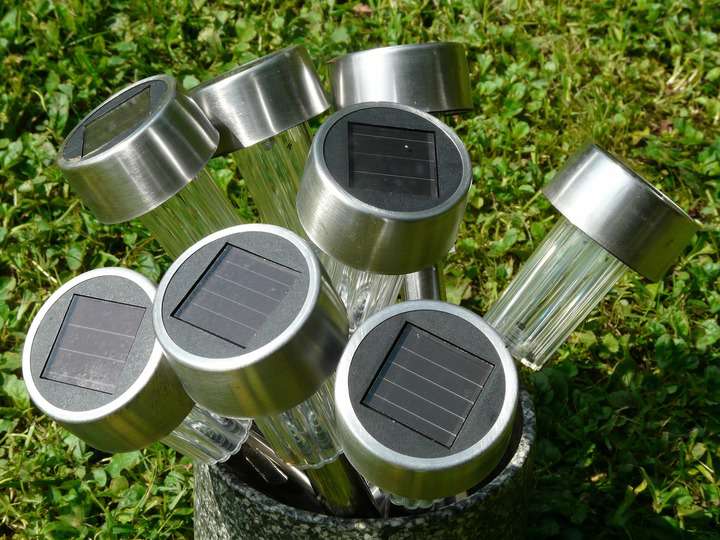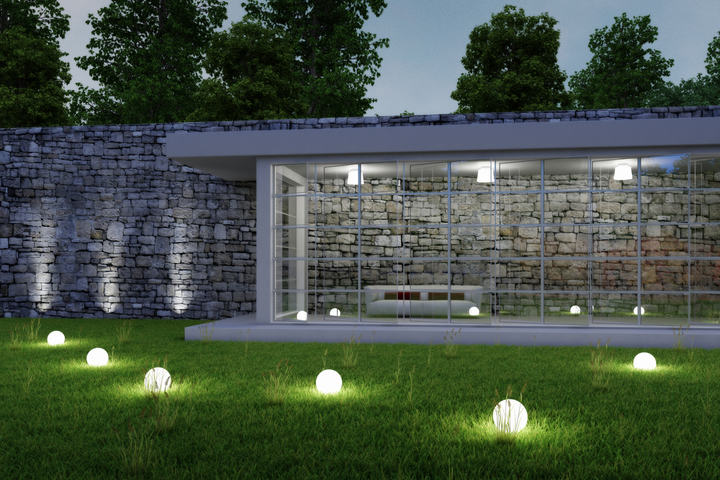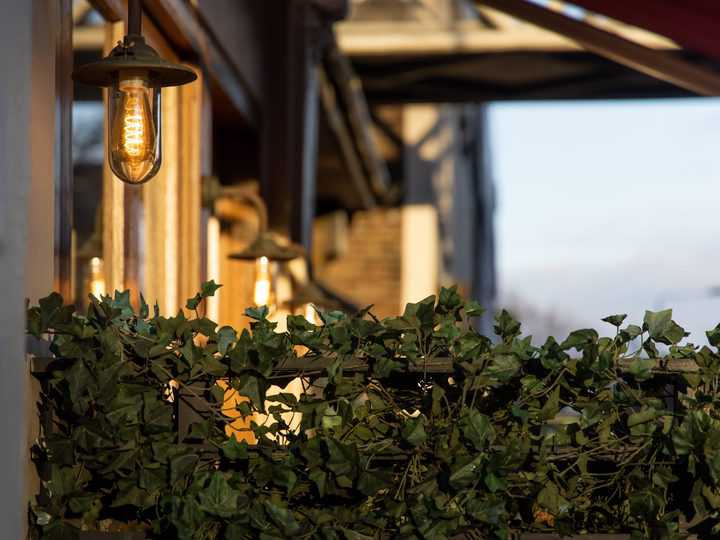Maybe you’ve moved into a home with an existing landscape lighting setup, but you think you can do more with it.
Or it might be that you installed your landscape lights last year and now have the budget to extend it.
Thankfully you’re in a position of advantage since you don’t need to completely start from scratch.
However, that doesn’t mean it’s always straightforward – it’ll depend on what you want to add and the transformer you have on your system.
You can add new lights to an existing landscape lighting setup. It’s important to check whether your current transformer can handle the extra lights or if that’ll need to be upgraded. You also need to consider whether your extension needs additional wiring and how voltage drop could affect that.
To help you understand how easy it will be, let’s take a look at:
- Things you’ll need to consider before you start
- How you’ll connect the new lights
- Whether the transformer needs updating
Things To Consider Before Extending Landscape Lighting

Before buying all your new lights, you need to think about a few things upfront.
Doing this now will save you a lot of potential trouble further down the line.
Do I Actually Need More Lights?
The first question is why you’re looking to add new lights.
Is it because the garden or patio just doesn’t feel bright enough?
If that’s the case, first check whether replacing your existing lights is better.
It might be that you can switch to a softer, wider light to give you better coverage from the exact location.
Or swapping a light for a one with more lumens could be sufficient to give you the brightness you need.
Changing existing lights will usually be easier than adding more.
However, sometimes it won’t be enough, so you’ll need to look at adding more.
How Many Lights I Want To Add?

When you know you’re going to need more lights, your next step is to work out how many more you need.
If it’s just one area you’re updating and it’s not particularly big, you might only need a couple of extra lights.
Depending on your current setup, it might be a really simple job for these situations.
The most important thing is to make sure that your transformer can handle the extra load – I’ll explain that further below.
In most cases, unless you’ve already maxed out your capacity, adding a small number of lights is relatively straightforward.
Where Do I Want Them To Be?

This is another big question. Your landscape lights are only wired where they need to be. So if you’re adding new lights close to an existing setup, you might be fine to just add them to the existing wire that’s already buried.
If you’re looking to add more landscape lights to a part of the garden that’s currently not lit up at all, you will need to plan running new wiring to reach this area.
You could splice it into your existing wires, but it’ll depend on the wire gauge used.
When the current lighting setup is relatively minimal and close to the transformer, then the wire might not be capable of carrying a current over longer distances without voltage drop.
This could mean your new lights flicker or are dim.
Instead, you might need to run a new thicker cable from the transformer, turning it into a bigger project again.
In summary, the fewer lights you’re adding for this section, and the closer to an existing setup, the easier it’s likely to be.
Anything where you’re adding many lights or adding lights to a part of the garden that isn’t currently lit will potentially be a lot more work.
In that case you may need to run new cabling to support the extra voltage and distance.
Connecting New Landscape Lights To An Existing Setup

Depending on how complex your new lights will be, connecting your lights could be really simple.
If you aren’t overloading your transformer, and the main cable is close enough to the new lights, you can use either a push-in connector or a screw connector like a wire nut to connect the new lights to the existing wires.
Push-in connectors are easier since you don’t need to cut the existing wire – instead, a pin is pushed into the cable to act as a connector. However, they can be less reliable.
Cutting and stripping the wire, then using an outdoor wire nut, will be more secure. Make sure you buy ones suitable for outdoor use since they’ll be waterproof.
The same principles apply if you need to run a new cable to another part of the garden. You can cut the cord and use outdoor wire nuts to connect them.
Wire them in parallel, though, not in series; otherwise, you run more risk of voltage drop.
Also, you shouldn’t mix wire gauges. You must run the same wire gauge as your existing cable.
Otherwise, you could overload the lights.
If your existing wire gauge isn’t going to effectively support the voltage needed for the new lights further from the transformer, run a completely new wire for them.
Don’t splice it into the existing cable.
Do I Need To Update The Transformer?

The transformer is the bit of kit that helps regulate the power to your low voltage lighting, converting the mains power to the necessary 12V for the lights.
Different transformers have different capacities, so you must understand the wattage of your existing lights.
If you overload the transformer, it’s likely to either suffer a mechanical failure or cause problems with the lights.
There won’t be enough power, so they’ll dim and flicker.
You shouldn’t run a transformer to maximum capacity because the power can fluctuate.
The safest thing to do is to run it at 80% of max capacity so that if there is a small surge, everything will work fine.
Say you have a really simple installation with a 120 Watt transformer and you’re running two 30 Watt LED spotlights (Amazon) on it just to light up your home.
Then you decide you want to run an extra couple of spotlights because they’re spaced too far apart.
Add two more, and you’ll be at 120 Watts, which is the maximum of the transformer – you should upgrade it to make sure you’re only fulfilling 80% of that capacity to be safe.
The most common transformer capacities are 120 Watts, 200 Watts, 300 Watts, and 600 Watts. However, you can sometimes get variants (and some smaller 50W or 60W transformers are available for special applications).
The higher the capacity, the more the transformer will usually cost. However, it’s worth the investment if you think you might add more lights in the future.
Related: Do Landscape Lights Increase Home Value?
Final Words
Adding a couple of new lights to an existing landscape lighting setup is pretty easy. Even if you need to replace the transformer, you can usually swap them out with relative ease.
When you want to add lights to a new part of the garden, you’re looking at more of a project.
With all the digging and new cable to lay, that may need to run right up to the transformer if the existing wiring isn’t thick enough to support the extra distance.
So, when you’re planning any landscape lighting setup, try to do everything at once instead of doing the work in phases! It’s so much easier. Or do you disagree?

